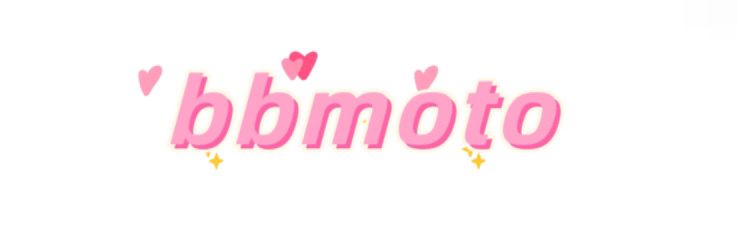How Does a Nonwoven Production Line Work?
Nonwoven fabrics are everywhere—from medical applications to household products. But have you ever wondered how these fabrics are made? Let’s take a closer look at how a nonwoven production line operates.
If you want to learn more, please visit our website Nonwoven Production Line.
Understanding Nonwoven Fabrics
Before diving into the production line, it’s essential to define nonwoven fabrics. Nonwoven fabrics are not woven or knitted. Instead, they are produced by bonding fibers together using various methods. This makes them suitable for a wide range of applications.
Key Components of a Nonwoven Production Line
A typical nonwoven production line consists of several key components:
- Fiber Feed System: The process starts with raw fibers. They can be natural, synthetic, or a blend of both. This system brings the fibers to the production line.
- Web Formation: Once the fibers are ready, the next step is to form a web. This can be done using various techniques like carding or airlaid methods.
- Bonding: The web needs strength. Bonding processes such as thermal, chemical, or mechanical bonding are then used to enhance the durability of the fabric.
- Finishing: The final touches are added in this stage. This may include treatments for softness, strength, or other specific characteristics.
The Nonwoven Production Process
Let's break down the production process into simple steps. It’s like piecing together a puzzle!
- Step 1: Fiber Preparation - Fibers are opened and blended to ensure uniformity.
- Step 2: Web Creation - The fibers are laid out to form a web using carding machines or other methods.
- Step 3: Bonding - The web is bonded using heat, pressure, or adhesives, creating a resilient fabric.
- Step 4: Sheeting - The bonded material is then flattened into sheets for easy handling.
- Step 5: Cutting and Packaging - Finally, the sheets are cut into rolls or specific sizes before being packaged for shipping.
Efficiency of the Nonwoven Production Line
One of the beauties of a nonwoven production line is its efficiency. These lines can produce large volumes of fabric in a relatively short time.
"How much fabric can these machines produce?" you might ask.
Additional resources:Effective Weed Control Mat: Ultimate Guide for Gardeners
Optimizing Your Spunlace Production Line Efficiency
Well, a typical nonwoven production line can churn out hundreds of meters of fabric every hour, depending on the type of machinery used.
Advantages of Nonwoven Fabric
Nonwoven fabrics have distinct benefits. They are lightweight, cost-effective, and versatile. From disposable masks to durable geotextiles, their applications are vast.
"Why choose nonwoven over woven fabrics?" you may wonder.
Nonwovens often provide better filtration, absorbency, and are faster to produce. They are tailored to meet specific needs in numerous industries.
Final Thoughts
If you're in the market for nonwoven fabrics or interested in production equipment, understanding how a nonwoven production line works is vital. It opens up a world of possibilities for manufacturers and consumers alike.
Are you considering entering the nonwoven market? Or perhaps looking for suppliers? Don’t hesitate to contact us for more information. Let’s explore the exciting world of nonwoven fabrics together.
Contact us to discuss your requirements of Automatic Computer Quilt Machine. Our experienced sales team can help you identify the options that best suit your needs.


